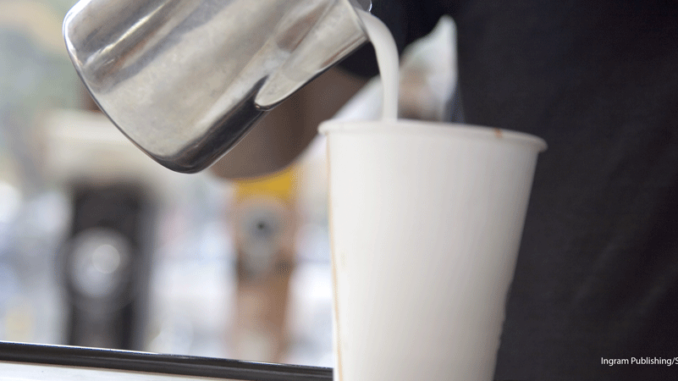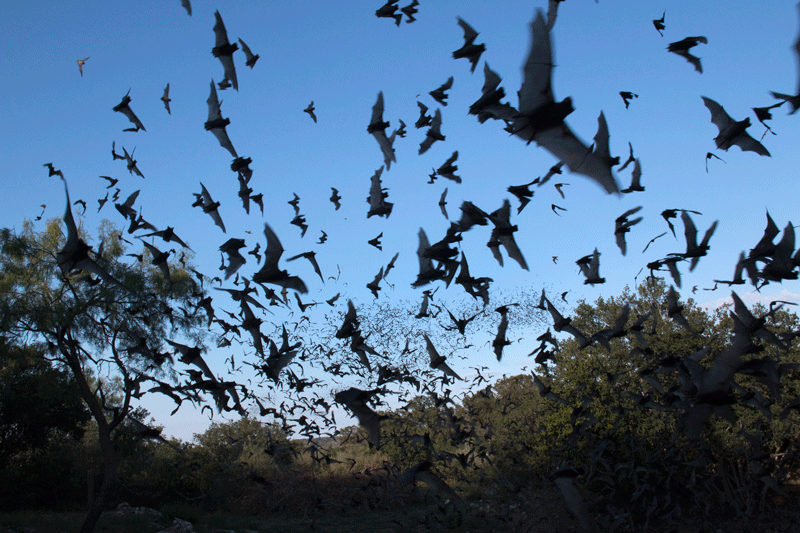
Big Plans for Apple in the U.S.
Chances are, you own an Apple product . . . or two. But despite its popularity, Apple has also faced a lot of criticism, mostly for outsourcing its manufacturing to Asia, where workers complain of mistreatment and poor conditions. This is obviously bad for Asian workers, but it also allows the company to avoid paying its share of U.S. taxes. In fact, Apple has kept about $250 billion outside the U.S.
Now, though, the company is taking a new approach. Thanks in part to Trump’s new tax law, which provides tax cuts to big businesses, Apple will bring back much of its overseas money and pay a one-time tax of $38 billion. The company has also pledged to invest $30 billion back into the U.S. economy by building a new campus. The new campus will create 20,000 new jobs over the next five years. Some current Apple employees can also look forward to a one-time bonus of $2,500 in restricted stock.
So where in the U.S. will the new campus be built? Apple says it will announce that decision later this year. The company estimates that–between the new campus, 20,000 new jobs, tax payments, bonuses, and business deals with U.S.-based suppliers–it will spend $350 billion in the U.S. over the next five years. But those who criticize Apple’s overseas factories will still have plenty to be angry about: the company plans to continue making iPhones in Asia and says that it wouldn’t be practical to start building them here in the U.S. Instead, the new campus will focus on housing technical support for customers.
Dig Deeper Based on what you’ve read in the news: besides Apple, what other major company is planning to build a second headquarters? Do you think it’s a coincidence that both of these companies are building a new campus at the same time? Why or why not?
Latte Levy
Your caffeine habit may be hurting more than just your wallet.
Turns out, even though most people believe that their disposable coffee cups are recyclable, they’re actually not. The cardboard cups have a thin plastic lining inside. This keeps them from getting soggy, but it also means you can’t just toss them into the recycling bin. Separating the plastic from the paper is expensive, and only a handful of processing plants will do it. In fact, fewer than one cup in 400 is actually recycled. In the U.S. alone, 60 billion paper cups wind up in landfills every year.
Because of this, lawmakers in Britain are proposing a “latte levy,” or a tax of 25 pence (approximately $0.34) on every paper coffee cup sold. They believe that this will drastically cut back the number of disposable cups people use. Britain introduced a similar tax on plastic bags in 2015, and since then, plastic bag usage has declined by 80 percent. The lawmakers’ goal is to encourage people to save money by carrying reusable coffee cups.
Here in the U.S. as well as abroad, Starbucks already offers a discount if you use a reusable cup. McDonald’s, another major seller of paper cups, has announced that all of its packaging will come from recycled or sustainable materials by 2025.
British lawmakers want to set a goal of making all disposable coffee cups recyclable by 2023. If that’s impossible, then they want the government to ban disposable coffee cups altogether.
What Do You Think? Would you support a similar “latte levy” tax if it were introduced here in the U.S.? Why or why not?
Don’t Judge a Book by Its Title
Earlier this month, Election Central took a look at Fire and Fury: Inside the Trump White House by Michael Wolff, and the impact the book might have on both Republicans and Democrats alike. However, the Trump expose is already having an impact that no one could have predicted: skyrocketing book sales for an entirely different author.
Randall Hansen is a Canadian, a political science professor, and the author of Fire and Fury: The Allied Bombing of Germany, 1942-1945. Hansen’s book came out in 2008 and was released in the U.S. in 2009. It still sells the occasional copy. But Hansen was shocked to go online last week and discover that his book was suddenly on three best-seller lists on Amazon. Apparently, people were in such a rush to buy Wolff’s book that they didn’t check to make sure that they had put the correct item into their carts. Hansen’s book has now sold out.
Of course, Hansen is thrilled to have his book back in the limelight and excited as well about what this sudden boost in sales will mean for his royalty checks. But more importantly, he says, he’s glad to have the book back in peoples’ hands because its message is relevant today as well. Hansen’s book looks at the Allied bombing of Germany during World War II from the point of view of people on the ground. It explores the terrible consequences of war on civilians. As the U.S. and North Korea edge the world closer to conflict, Hansen says he hopes his book will show people the horrors of what war is really like.
Dig Deeper Can you think of any other books that have come out recently with confusingly similar titles? (Need help getting started? Go to goodreads.com and search for books with the word “girl” in the title. How many results did you find?)
Heat Wave Deadly for Bats
Last weekend, while much of the U.S. bundled up against a brutal cold front, Australia faced the opposite problem: an extreme heat wave. Temperatures outside Sydney reached 117 degrees F. That’s the hottest it’s been since 1939.

And while sharks and sea turtles froze here, wildlife also suffered in Australia: specifically, flying fox bats. Over two hundred dead bats were found outside Sydney, mostly babies. There are six species of flying fox bats in Australia, and they are all affected by heat. Babies, or pups, are hit especially hard. They experience dehydration, and their brains literally fry in high temperatures.
Though many people are afraid of bats, flying foxes are fruit-eaters and are very helpful to the environment. They are active pollinators and they spread seeds, helping to re-establish forests. Unfortunately, out of the six species of flying foxes in Australia, one is listed as critically endangered, and two others are considered vulnerable. Authorities estimate that thousands of the bats could be wiped out by the end of summer. More than 45,000 bats died in Australia’s last extreme heat wave, which was in 2014.
Bats are not the only Australian animals suffering from the heat. Koalas may not be dying in large numbers the way flying foxes are, but as summers become hotter and drier, wildlife groups have been spraying them down with water to keep them cool. Also, koalas rarely drink; they meet their hydration needs by eating water-filled eucalyptus leaves. But as the leaves dry out, koalas are forced out of trees to look for alternate sources of water. Kookaburras and pygmy possums have been spotted hiding under homes for shade and drinking out of birdbaths and backyard pools.
